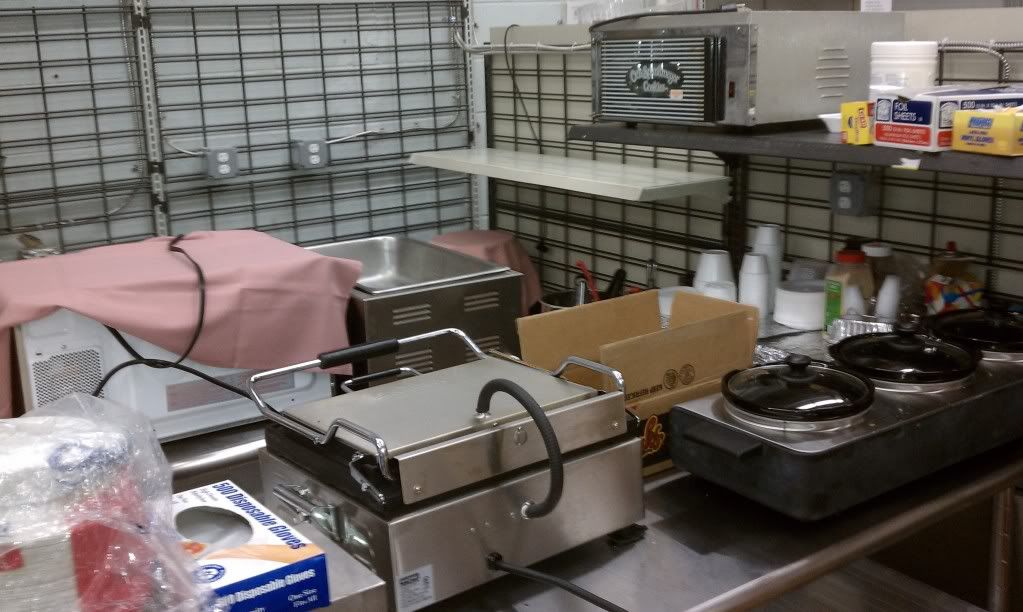jar546
CBO
How does your jurisdiction handle situations like this if the IMC applied?


Your premier resource for building code knowledge.
This forum remains free to the public thanks to the generous support of our Sawhorse Members and Corporate Sponsors. Their contributions help keep this community thriving and accessible.
Want enhanced access to expert discussions and exclusive features? Learn more about the benefits here.
Ready to upgrade? Log in and upgrade now.

All of them.peach said:Gotta ask again.. how many standards do you burden the field inspector with?
an inspection every 10 to 15 minutes is unrealistic expectations for an inspector.Big Mac said:We have had inspectors leave this office with 30-50 inspections for one day. Does that qualify?
